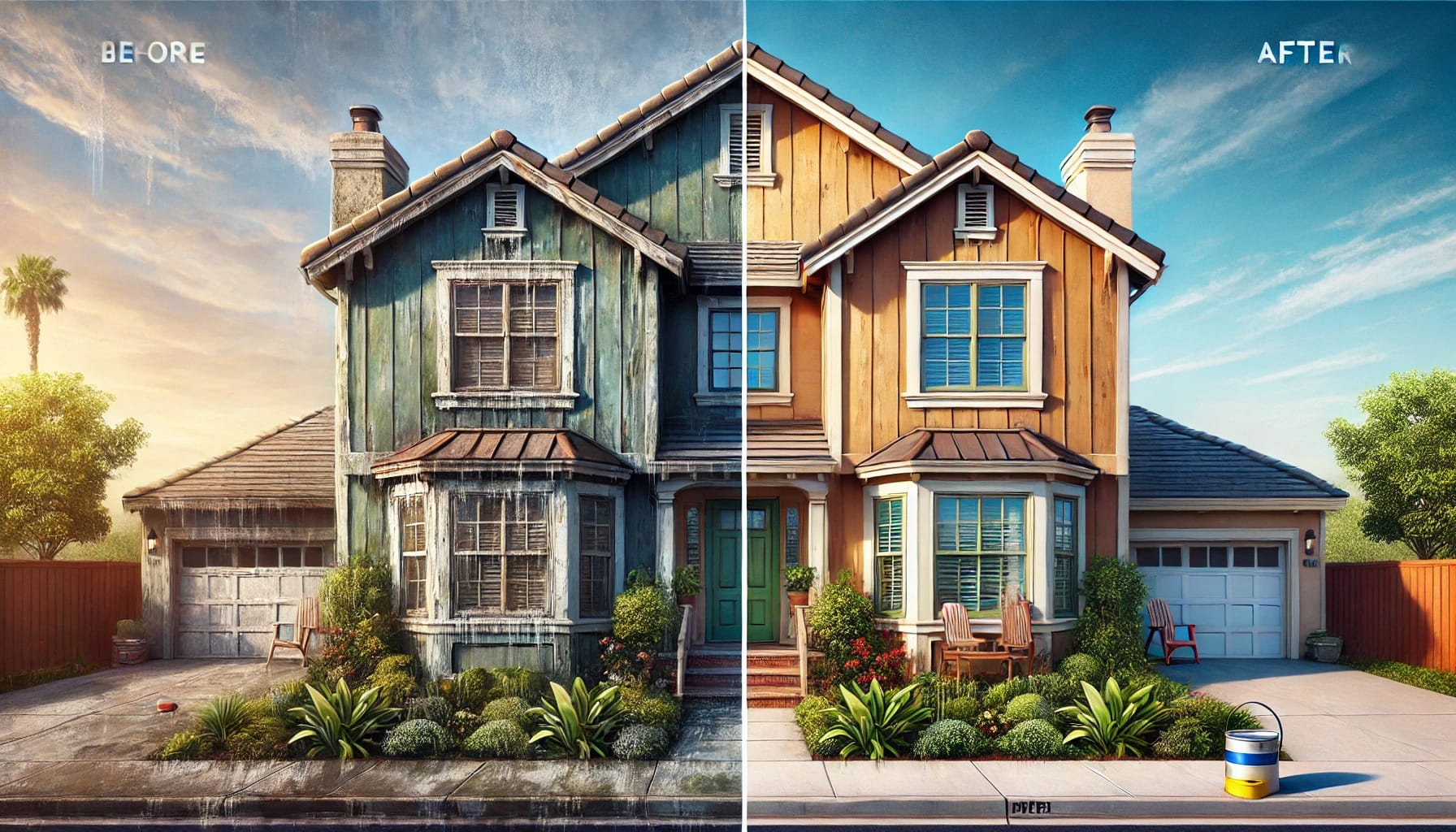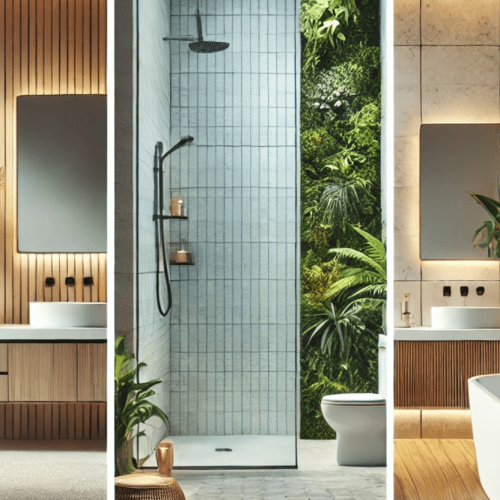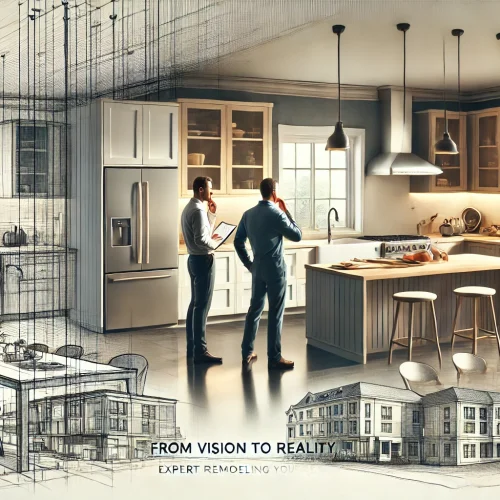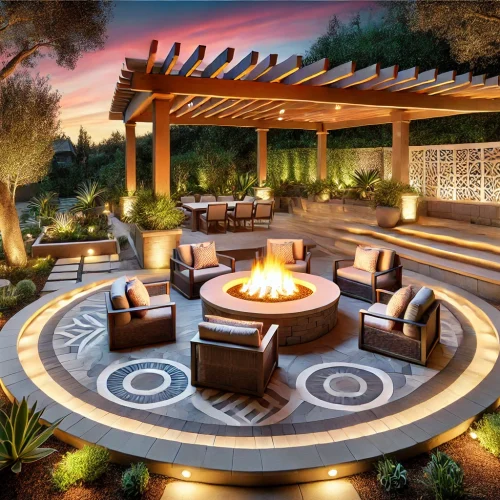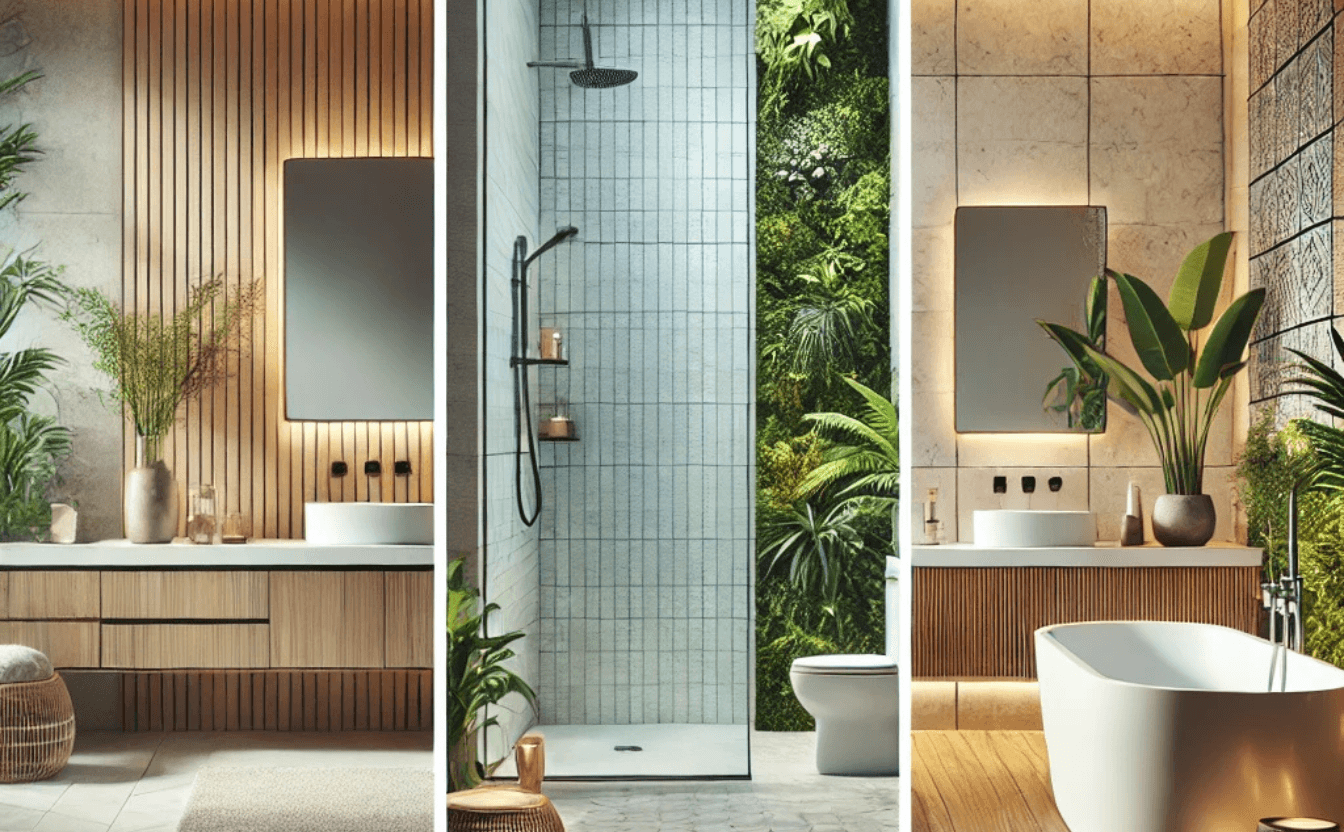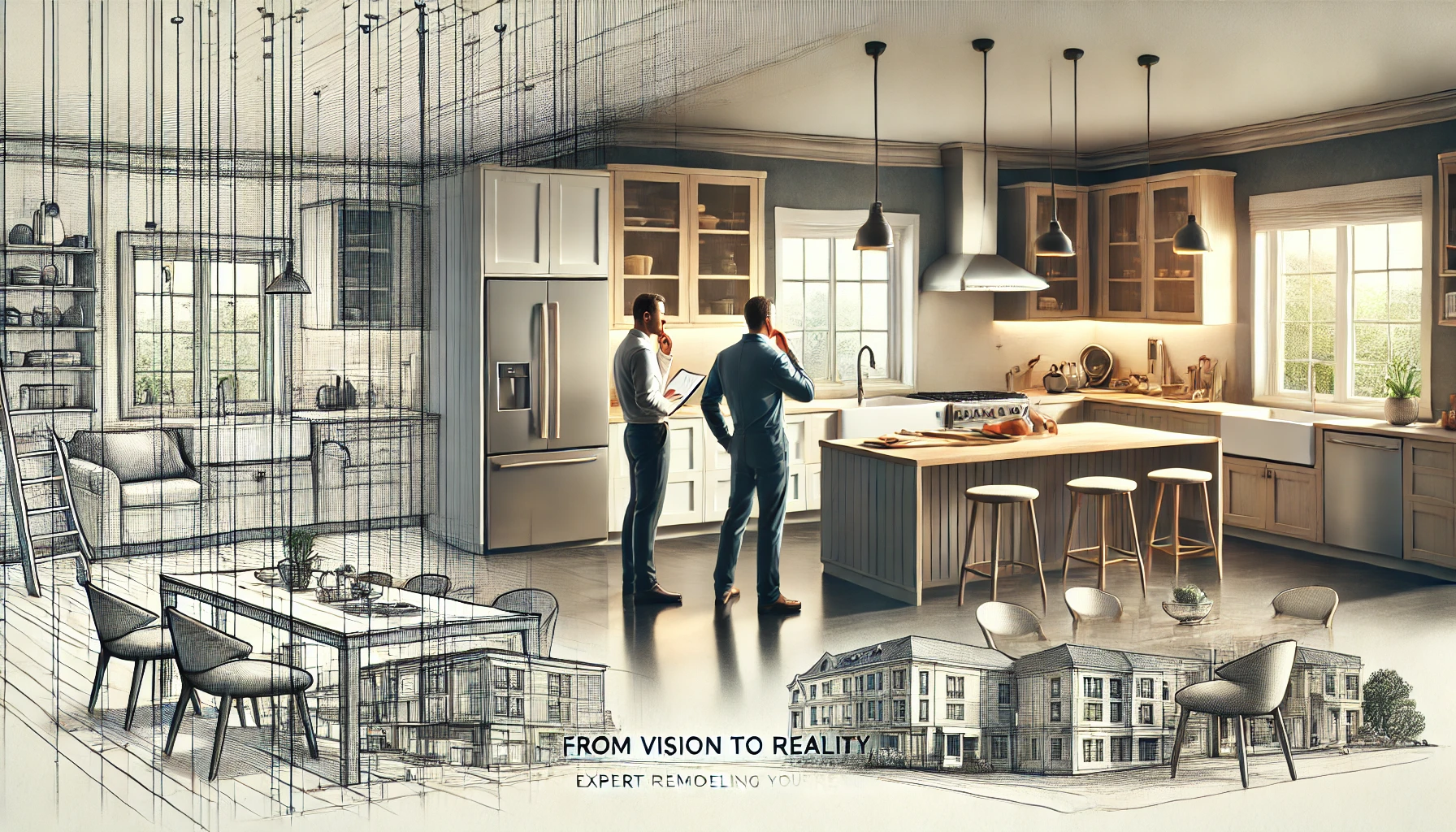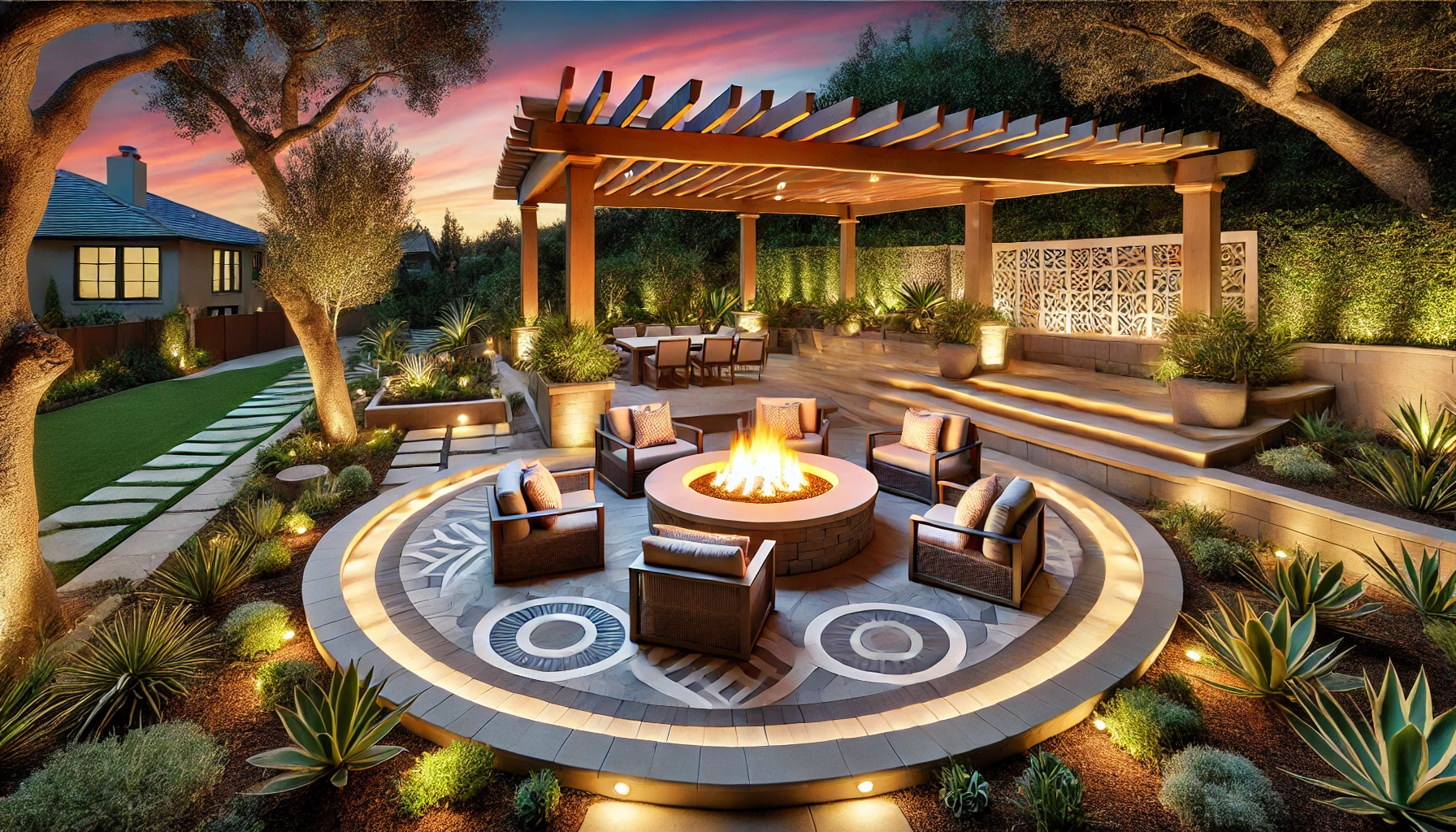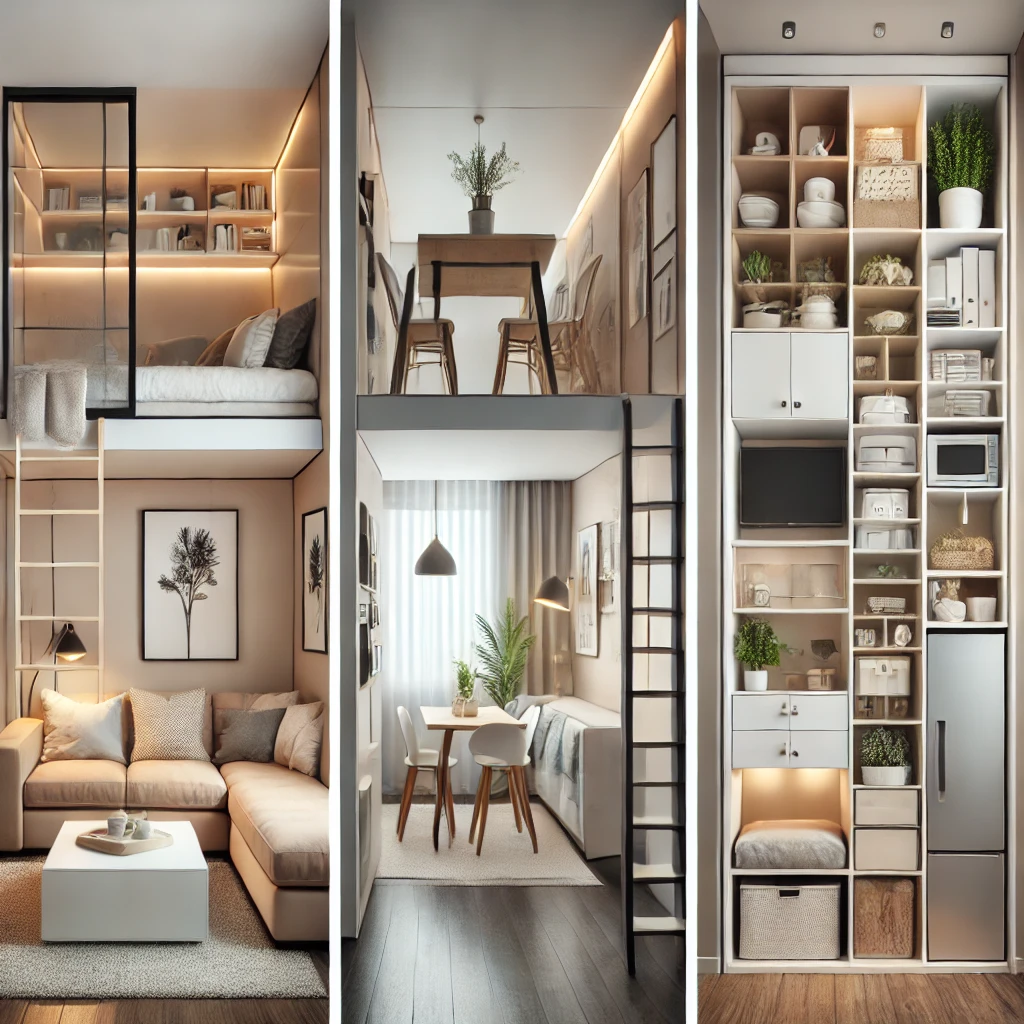Across the vast suburban and urban landscapes of the United States, residential painting is an art and science that transcends simply coloring walls. It’s an investment that reflects personal style, commitment to property value, and sustainability. In this analysis, we explore how every painting decision—from first impressions to environmental impact—can influence property value, environmental health, and residents’ well-being.
Introduction: The Role of Residential Painting
Imagine a home with a worn-out facade standing among well-kept neighbors. Painting not only protects the structure from the elements but plays a critical role in enhancing property value and appreciation. This article delves into the significance of painting choices, from color and texture selection to the influence of sustainable paints on human health and the environment.
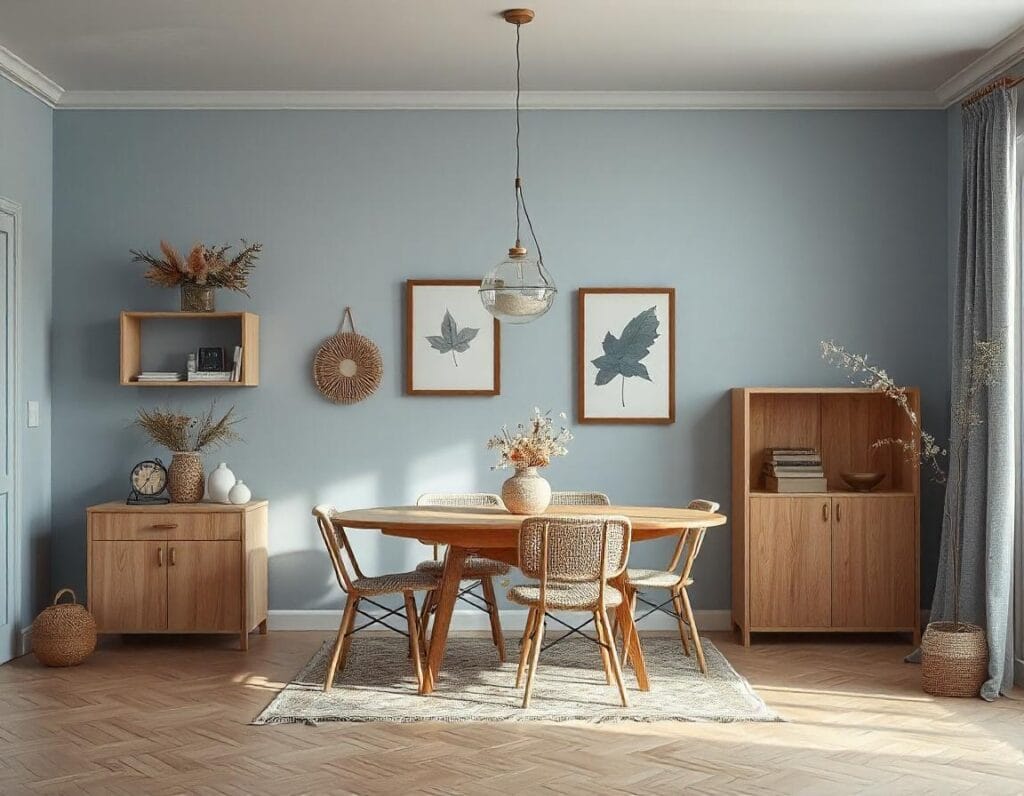
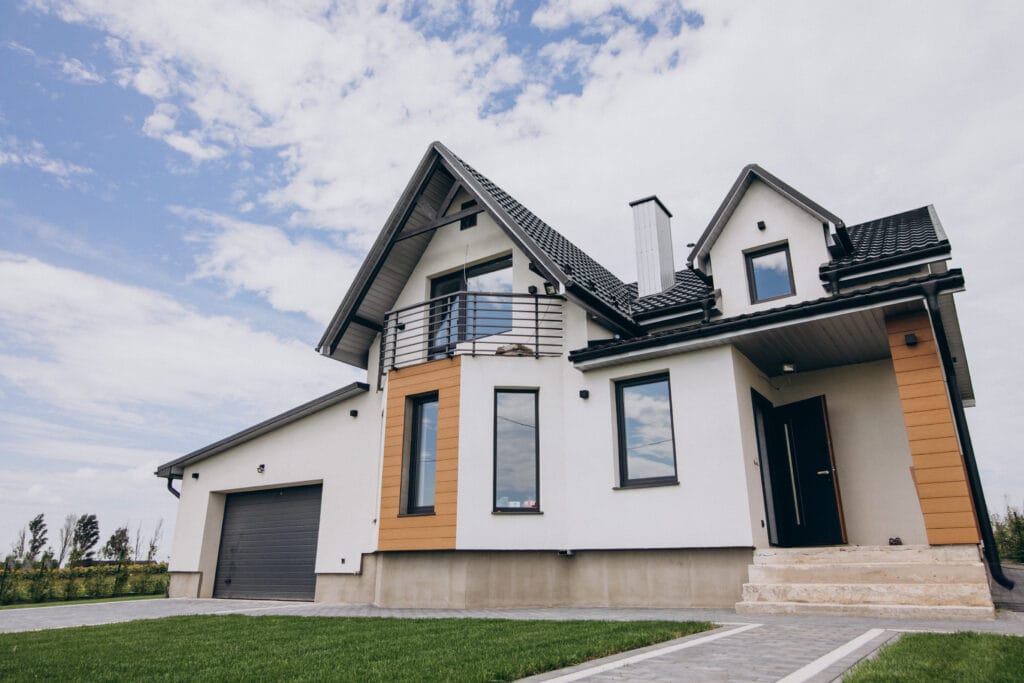
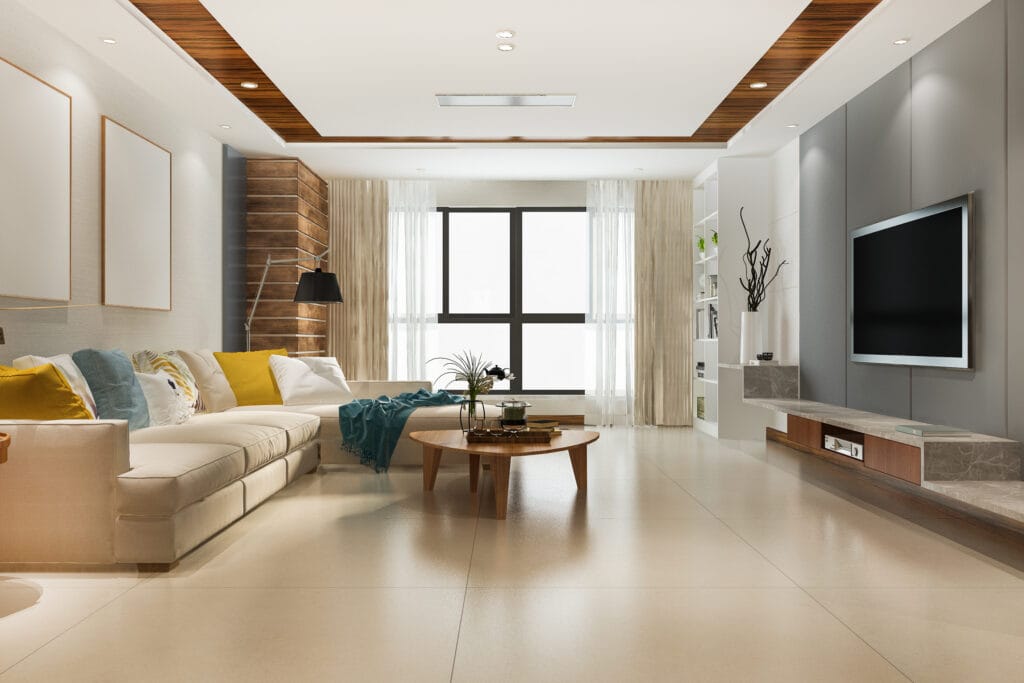
Exterior Painting: Lasting Protection and Impression
Painting a home’s exterior is not just about aesthetics; it’s also about durability and protection.
Color Choice and Curb Appeal: The first impression a home creates is vital, especially in the competitive U.S. real estate market. Neutral colors like beige, gray, and deep blue are timeless, ensuring an elegant look that attracts potential buyers.
Beige: Comfort and refinement.
Gray: Modernity and sophistication.
Deep Blue: Calmness and strength.
Durability and Low Maintenance: Opting for high-durability paints, like satin or semi-gloss finishes, can make a big difference in resistance to sun, humidity, and changing weather conditions.
“Semi-gloss finishes are especially recommended for areas that require greater durability.
Interior Painting: Comfort, Aesthetics, and Well-being
If exterior walls speak to the world, interior walls speak to the hearts of those who live there.
Colors for Social Spaces: Light colors, like white and pastel tones, visually expand spaces and create a bright atmosphere, perfect for living rooms and kitchens.
Spaces for Rest and Relaxation: Deeper tones, like moss green and terracotta, induce tranquility, making them ideal choices for bedrooms and home offices.
Textures and Special Effects: Finishes like concrete or marble effects are currently trending in the U.S., adding a unique personality to interior walls.
Concrete: Industrial and contemporary.
Marble: Classic and sophisticated.
Sponging Effects: Cozy and rustic.
“Choosing sustainable paints is caring for health and contributing to a greener world, reflecting a commitment to present and future generations.”
Property Value and Curb Appeal
Painting is a decisive factor in a property’s perceived value. A well-maintained paint job makes a home stand out, increasing appreciation and resale value.
Immediate Attraction: Exterior appearance is a home’s calling card, and an attractive facade is essential for capturing buyers’ interest. Investing in neutral colors and high-quality finishes makes a property universally appealing.
Sustainability as a Competitive Advantage: Properties that adopt sustainable practices, including the use of eco-friendly paints, are increasingly preferred among environmentally conscious buyers.
Conclusion: Residential Painting as a Reflection of Style and Responsibility
In the end, paint choices are more than just colors on walls. By opting for eco-friendly paints and efficient application techniques, homeowners not only create welcoming and stylish spaces but also embrace practices that protect health and the environment. Painting a home becomes an expression of values, style, and a commitment to future generations.


